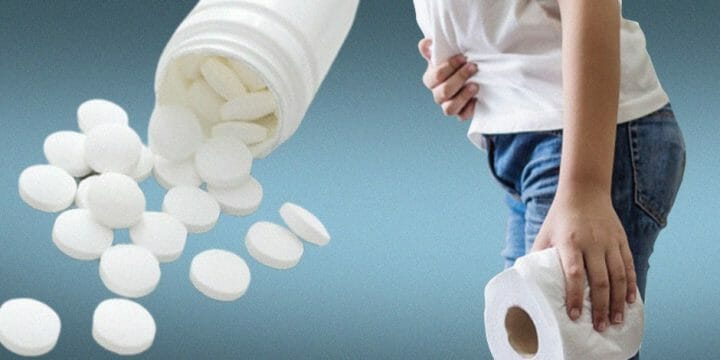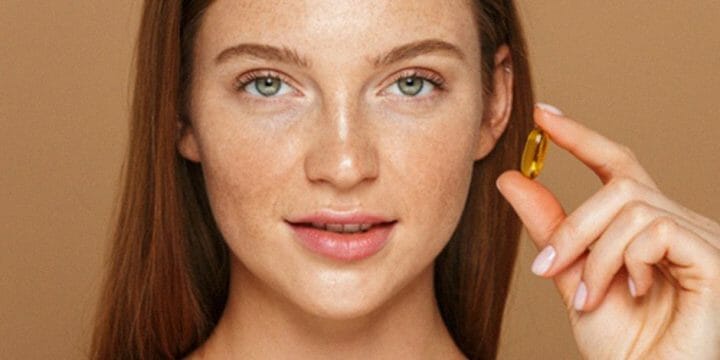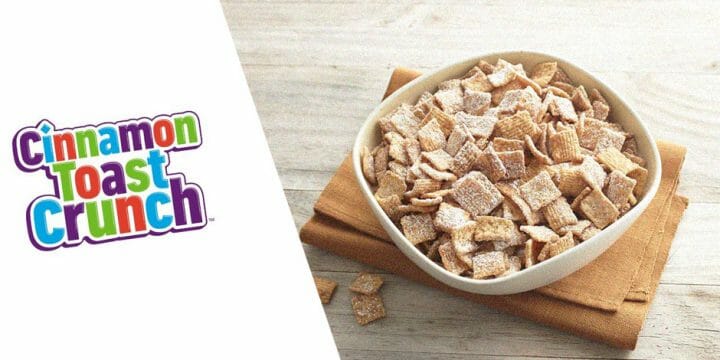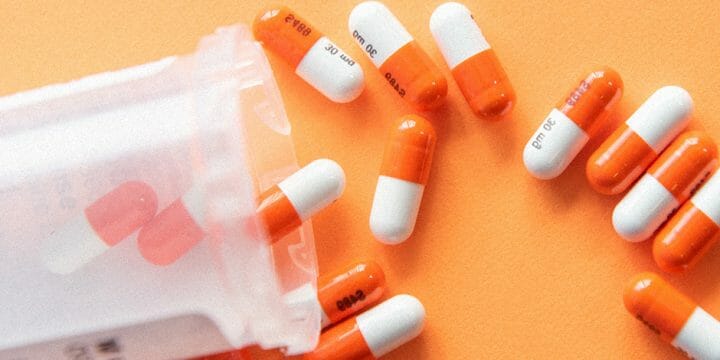During the global lockdowns, like many, I turned to baking my own bread. The journey of keeping my sourdough starter alive and thriving was both challenging and rewarding, as I navigated through the process of trial and error to perfect my sourdough bread.
But, as the new food trends rise, further questions surface.
This time vegans ask if this delicious type of bread is vegan-friendly. Let's find out together!
Quick Summary
- Sourdough bread is generally vegan-friendly, as it's typically made from basic ingredients like flour, water, and salt without the need for animal-derived products.
- The article provides insights into the ingredients and process of making sourdough, emphasizing the use of a vegan sourdough starter and the importance of checking for non-vegan additives in commercially available sourdough bread.
- Research from the National Center for Biotechnology Information website indicates that sourdough bread, especially when made from whole-grain flour, has a lower glycemic index and is easier to digest due to its prebiotic content, making it a healthier alternative to regular bread.
- I share my personal favorite vegan sourdough bread recipe, describing how I start with a smooth, frothy mixture of sourdough starter and water and then meticulously bake the dough until it turns golden brown and crispy.
Is It Vegan-Friendly?
Yes, sourdough is indeed vegan-friendly, and I can attest to that from my own experience in making and consuming it. Ensuring it's 100% vegan, I use only plant-based ingredients and have found that the absence of animal products doesn't compromise the taste or quality of the bread.
Sourdough indeed grows with the help of living bacteria, but let's get into more detail here.
“Veganism is a philosophy and way of living which seeks to exclude—as far as is possible and practicable—all forms of exploitation of, and cruelty to, animals for food, clothing or any other purpose; and by extension, promotes the development and use of animal-free alternatives for the benefit of humans, animals and the environment. In dietary terms it denotes the practice of dispensing with all products derived wholly or partly from animals.”
- Donald Watson, Founder Of The Vegan Society & Coiner Of The Word Vegan
So, even though bacteria are living organisms, they don’t have a central nervous system and can’t feel pain. This makes them technically vegan-friendly.
According to one of the studies from the National Center for Biotechnology Information website, compared to bread leavened with chemicals or baker’s yeast, the digestible starch fraction of sourdough bread significantly decreased [1].
What is Sourdough?
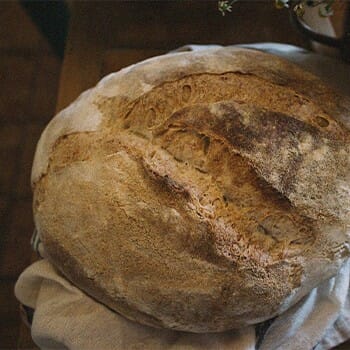
As a bread enthusiast, sourdough has always fascinated me. It's unique in that it doesn't rely on packaged yeast but rather grows and rises due to wild yeast, creating a thick batter of flour and water that's distinctly flavorful.
Rather than using packaged yeast, sourdough grows and rises due to wild yeast. Sourdough is a thick batter made of flour and water.
Sourdough Starter
The magic of sourdough may start with flour and water, but yeast spores and lactobacilli from the flour and environment help the sourdough start growing.
The yeast feeds on available sugar and starts fermenting and multiplying. The process also creates alcohol and acid that bubble away into gasses.
After feeding the mixture for about a week, you should have a yeasty, fruity, part boozy, and part sweet-smelling thick batter.
If you take good care of it, the starter can last you indefinitely.
Ingredients
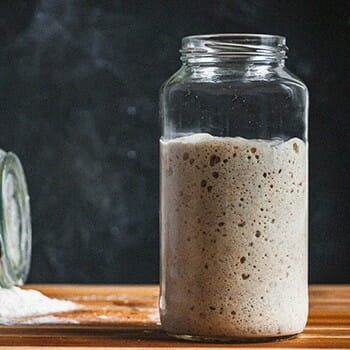
To avoid confusion, let's clear one thing: sourdough is not the same as sourdough bread. Sourdough is something you add to bread.
Historians believe sourdough starter dates back more than 5000 years [2].
Modern-day "baker's yeast" is only around 200 years old, so all bread was technically sourdough bread for a very long time.
The basic ingredients — flour, water, salt, and sometimes oil are the same in almost all sourdough recipes. The flour-water mixture works with virtually any bread flour.
The yeast feeds on available sugar and starts fermenting and multiplying. The process also creates alcohol and acid that bubble away into gasses.
After feeding the mixture for about a week, you should have a yeasty, fruity, part boozy, and part sweet-smelling thick batter.
If you take good care of it, the starter can last you indefinitely.
Is Sourdough Bread Vegan?
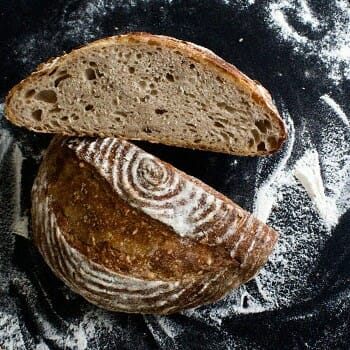
While all sourdough is vegan, not every sourdough bread is.
Sourdough bread is made from a vegan sourdough starter, but it can contain some non-vegan ingredients.
The ingredients of traditional sourdough bread (flour, water, and salt) make it naturally vegan-friendly.
This fermented bread is often considered one of the healthiest bread because of its nutrient profile, including antioxidants.
Non-vegan adaptions of this bread can include additives like butter (as pan grease), milk, or sweeteners — thus adding calories and even fat, Mary Bishop of The Vegan Mary explains.
Most store-bought sourdough bread is cross-contaminated with dairy, milk, butter, eggs, and other non-vegan ingredients, but the batter itself can also contain animal-derived ingredients.
Even though this isn’t the norm, you should always be careful when buying vegan sourdough bread and read the ingredients list carefully.
Sourdough Bread Ingredients
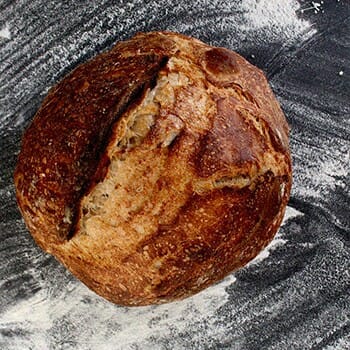
of bread. Usually, vegan sourdough bread contains:
- Water
- Sugar
- Salt
- Oil (usually olive oil)
- Flour (usually wheat flour)
- Sourdough
Even though these are the most typical ingredients, different recipes may require some other non-typical ingredients.
3 Non-Vegan Ingredients

Even though sourdough bread is made from plant-based ingredients, vegans should be mostly concerned with non-essential and often non-vegan ingredients added to the dough to enhance its taste.
The safest way to avoid this is to make the bread at home.
But, if baking isn't your thing or you want to try out different store-bought sourdough bread, here's what you need to pay attention to before grabbing a loaf.
1. Starter Feed
Before we even get to the dough, you should examine the bread starter.
To get a nice dough starter, it needs to be fed to grow. The feed is traditionally simple — water, flour, or a mix of both. However, some breads might be made from starters fed with processed sugar, honey, and milk, making the loaf not suitable for vegans.
2. Sweeteners
An occasional sourdough recipe will require sweeteners. However, read the label carefully and make sure the included sweetener isn’t honey or white sugar processed with animal char bone.
Breads made with these types of sweeteners aren’t suitable for a plant-based diet.
3. Dairy and Milk Products
Luckily, dairy and milk products are much easier to spot.
There are tons of cheese-based sourdough breads, such as cheddar sourdough bread, garlic and cheese sourdough bread, cheese and chive bread, and lots of other breads made with milk products.
Many bread makers also add pancetta, bacon, butter, dairy, eggs, and other non-vegan, animal-derived ingredients.
These added ingredients should always be noted in the ingredients list, so be sure to pay special attention to them.
- Milk — some cafes and restaurants make sourdough breads with milk but don’t note that in their menus. That’s why I recommend you either ask the staff or the cook about all ingredients added to the dough.
- Eggs — the same recipes may have added eggs for a softer texture, which isn’t good news for vegans. My advice is the same as with dairy products.
Is It Always Vegan?
Sourdough bread is usually vegan, but not always. An occasional store, cafe, or restaurant recipe will require ingredients such as milk, eggs, butter, and honey, so be sure to always ask for the details.
Is It Healthier than Regular Bread?
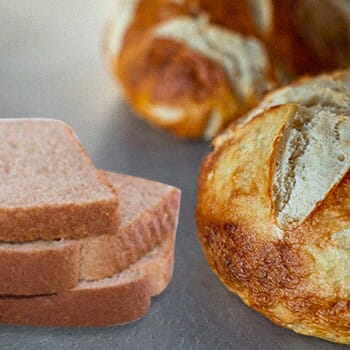
Sourdough bread is often considered a healthier alternative to regular bread.
There's an ongoing debate, but researchers have discovered that sourdough bread may be slightly better for your health.
- According to the study found on the National Center for Biotechnology Information website, sourdough bread has a lower glycemic index score than other loaves of bread, and paired with other whole-grain bread, sourdough bread can improve glycemic homeostasis [3].
- Sourdough bread is often easier to digest compared to other breads because of its prebiotic content.
- Sourdough bread is less processed than the typical bread and also has less additives.
- Sourdough bread made from whole grain flour is considered one of the healthiest breads.
Quick Homemade Recipe

If you like baking and want to make your sourdough bread vegan, here’s a simple recipe I love.
You’ll need:
- 3.9oz sourdough starter
- 12.3oz + 2tbsp room temperature water
- 4 cups flour
- 1 ¾ tsp fine salt
Instructions:
- Add the starter and water to a large bowl and whisk them together until you get a smooth, lump-free texture. The mixture should look frothy and milky. Leave it for some five minutes to thicken.
- Next up, add the flour and salt, and incorporate them well with a spatula until you combine them well and there's no longer dry flour. Scrape the sides and bottom of the bowl to incorporate everything.
- Then, cover the bowl with a damp clean dish towel or a lid, and let it sit for about an hour. The dough will be sticky, so mist it with some water or wet your hands.
- Give the dough a little knead, shape it into a loaf, buns, or whichever shape you like. Place the dough on a baking tray, put in a warm place, and leave it there for 12 hours.
- When the dough has doubled in size, preheat your oven to 350℉.
- Bake the bread either for 50–60 or until the surface becomes golden brown and crispy.
- Still, you can also give it a little poke with a needle. If the needle comes out of the bread clean — it's done.
- Let it cool for about half an hour before serving.
Things to Look Out For
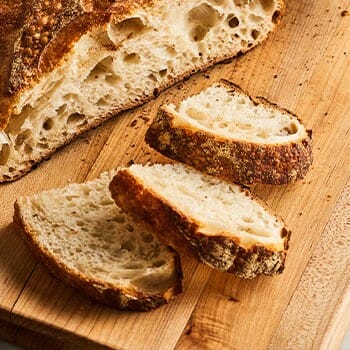
To sum it up, if you want to be 100% positive your vegan bread is indeed vegan, you need to pay attention to the following things:
- Enriched bread may contain ingredients that aren't vegan, such as eggs and butter.
- Bread tins may be greased with non-vegan oils and animal fat, so pay attention to the label.
- Be wary of sweeteners like processed sugar and honey, as they’re not vegan.
- Some starters are fed non-vegan foods like milk, processed sugar, and honey to boost their activity.
- Pay attention to the four used if you have a wheat allergy.
Jinish Gohil, founder of vegan blog From Greens, advises to be on the watch for the non-essential, non-vegan additions to a sourdough recipe.
These include caseinate, margarine, lard, and honey — all of which might be used to enhance the flavor.
FAQs
What Are the Historical Origins of Sourdough and How Has It Evolved?
Sourdough has a rich history dating back to ancient civilizations, where it was a staple due to its simplicity and fermentation process. Over time, different cultures have adapted sourdough recipes, leading to a diverse range of styles and flavors that reflect regional culinary traditions.
How Does the Nutritional Content Differ Between Vegan and Non-Vegan Sourdough?
The nutritional content of sourdough can vary significantly based on the ingredients used; vegan sourdough typically excludes eggs and dairy, potentially altering its protein and vitamin profile. However, both vegan and non-vegan sourdough variants are generally rich in fiber and can be fortified with various nutrients depending on the flour and additives used.
What Are the Digestive Health Benefits of Sourdough Fermentation for Vegans?
Sourdough fermentation can enhance digestive health, especially beneficial for vegans, as it helps break down phytates, making minerals more bioavailable. Additionally, the fermentation process can produce prebiotics that promote healthy gut bacteria, aiding in overall digestive wellness.
What Are Some Essential Baking Tips for Vegans Making Sourdough at Home?
For vegans baking sourdough at home, it's crucial to use plant-based ingredients, like non-dairy milk and vegan-friendly sweeteners, and to be mindful of ensuring that all additives are free from animal products. Experimenting with different types of vegan flours and starters can also yield unique flavors and textures in vegan sourdough.
How Does Vegan Sourdough Production Impact the Environment?
Vegan sourdough production has a lower environmental impact compared to bread with animal-derived ingredients, as it typically requires less water and results in a lower carbon footprint. This makes vegan sourdough an environmentally friendly choice, aligning with the values of eco-conscious consumers.
References:
- https://www.ncbi.nlm.nih.gov/pmc/articles/PMC6950244/
- https://www.sciencedirect.com/topics/food-science/sourdough-bread
- https://www.ncbi.nlm.nih.gov/pmc/articles/PMC3317179/
About The Author
You May Also Like
